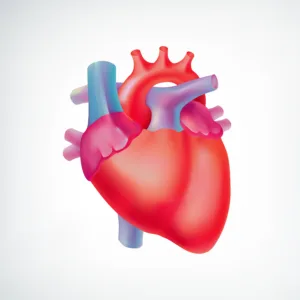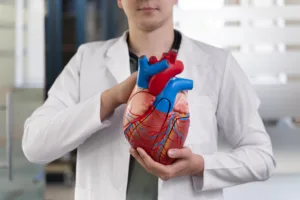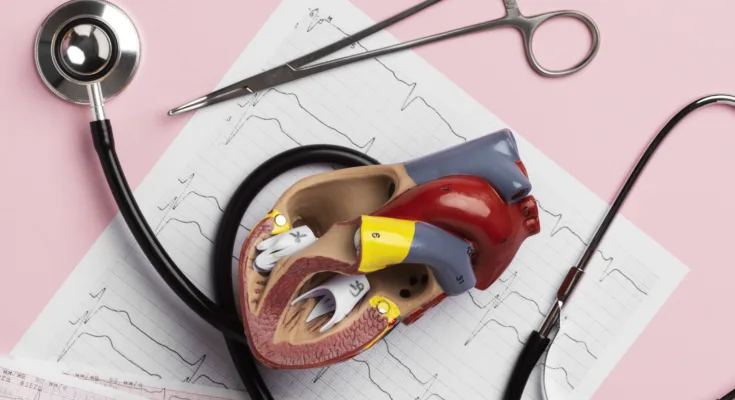Introduction
A human heart transplant is a complex surgical procedure that involves removal of an existing, dysfunctional or damaged heart and replacing it with a healthier counterpart from a donor. This is where this life-saving procedure usually is applied when it is shown that other treatments have failed. Thus, for all those suffering from severe heart conditions, it is a ray of hope.
When is a Heart Transplant Necessary?
Heart transplant is an option when the patient’s heart disease can no longer be controlled by means of traditional treatments. In adults, the reasons may vary from cardiomyopathy, coronary artery disease, heart valve disease and congenital heart defects, to recurrent abnormal heart rhythms not responding to the alternative approaches.
Evaluating Suitability for a Heart Transplant
Not all are suited to have a heart transplant. A proper evaluation is necessary in order to determine the suitability of the procedure for each patient. The transplant team, which includes a surgeon, cardiologist, nurse practitioners, transplant nurses, a social worker, and either a psychiatrist or a psychologist, examines many variables before deciding on the course of action.

The Heart Transplant Procedure
Listing on UNOS
Once the candidate is deemed fit for the transplant, the person is placed on the United Network for Organ Sharing (UNOS) list. Determination of the donor heart suitability is carried out basing on the criteria such as the severity of the patient’s condition, body size, and blood type.
Surgical Process
Anesthesia
The patient is given anesthesia (which is general) so that they do not feel any pain or they do not wake up throughout the procedure.
Insertion of Breathing Tube
A breathing tube is inserted through the patient’s mouth into the trachea (or windpipe) while the patient is asleep. It ensures that there is sufficient ventilation available for the operation.
Incision
The surgeon makes an incision through the center of the chest in order to reach the heart. After this incision is made, the surgeons have enough room to perform the transplant.
Sternum Cut
The sternum (breastbone) is cut in half by a surgical saw. This makes it possible to reach the heart without injury to the neighboring structures.
Accessing the Heart
When the sternum is cut through, the surgeon then opens up the halves of it, separates them and then spreads them fan shaped to expose the heart.
Connection to Heart-Lung Machine
A tube is placed into the patient’s chest, which connects the patient to a heart-lung machine (cardiopulmonary bypass). This machine, serves as a temporary substitute for the heart and lungs, pumping oxygenated blood through out the body.
Transplantation
The diseased heart is taken out and the donor heart is sewn there, connecting it to the remaining structures of the old heart and large blood vessels. The surgical team look after the alignment and blood supply to the new heart.

Conclusion
A heart transplant can be considered an emergency measure, which should improve both the life quality and duration for the recipient. Nonetheless, the odds of survival are quite good as long as good post-surgery care is done. Such invention of a new procedure is a sign of medical progress, consoling the many patients who are facing dire cardiac conditions with new hope.
FAQs
Q: How long does the heart transplant surgery routinely last?
A: A heart transplant surgery normally should not take any longer than 4 to 6 hours.
Q: How long must a patient wait for the heart of a donor?
A: The time for a donor’s heart fluctuates depending on the patient’s condition, blood type, and lack of available matches. It can be anywhere between days and months.
Q: In a case of heart transplant surgery, what kind of complications can occur?
A: Complications of heart transplant surgery include rejection of donor organ, infection, bleeding, anesthesia related problems, and adverse effects of immunosuppressive medications.
Q: What is the length of the rehabilitation period after a heart transplant?
A: The recovery time is generally different from one patient to another but it often includes several weeks in the hospital and then months of rehabilitation and frequent monitoring. Complete recovery may take twelve or so months.
Q: What is the success rate of heart transplant surgery?
A: The survival rate of heart transplant surgery is usually high and most of the patients are able to live better lives and survive the long term. On the contrary, individual results can be different due to a number of indispensable circumstances.




